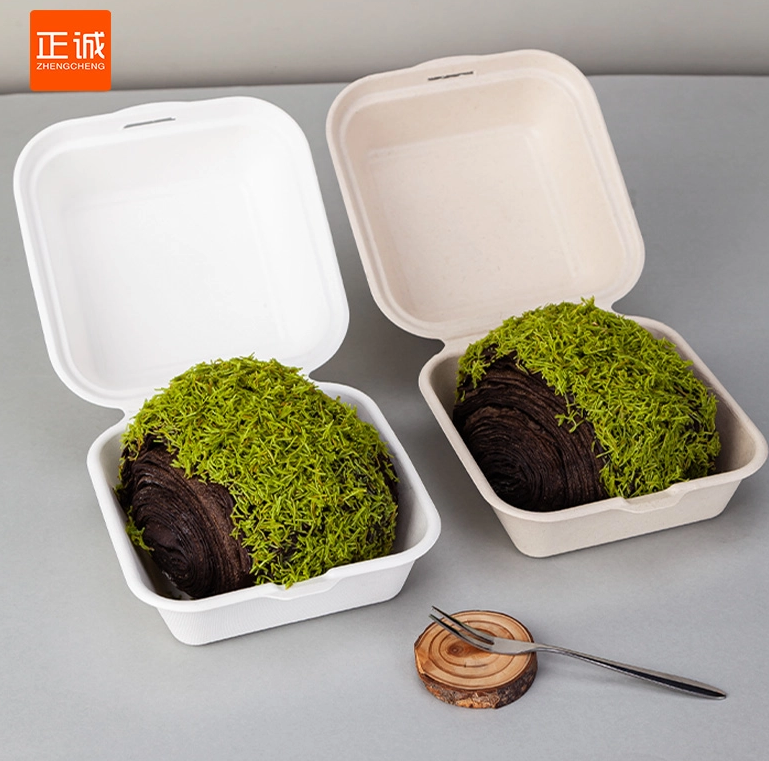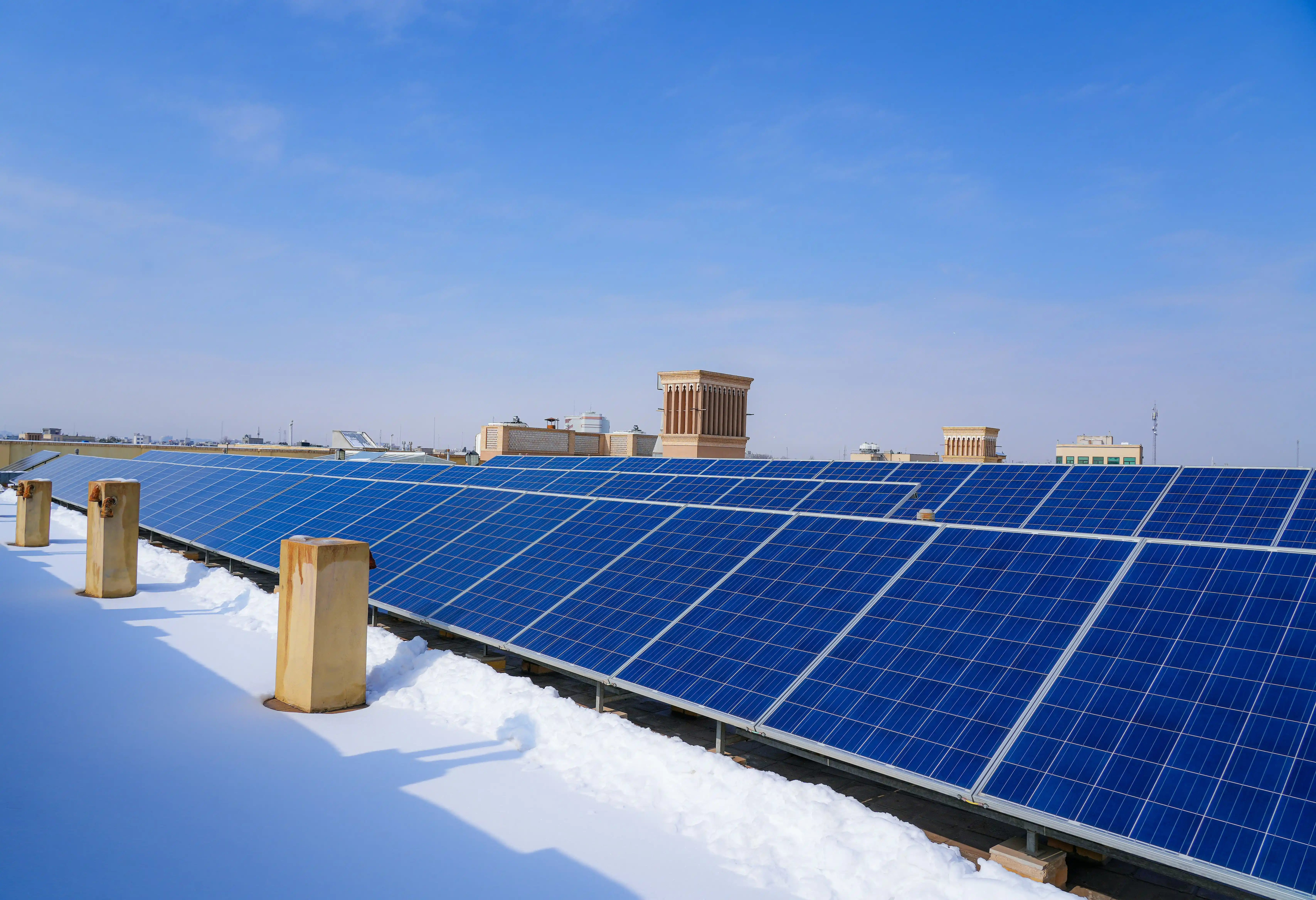When it comes to hiking, one of the most critical yet often overlooked aspects is hydration. Proper water intake not only sustains your energy levels but also enhances your overall hiking experience. In this article, we will explore the best practices for drinking water while hiking, the importance of hydration, and innovative methods to ensure you stay adequately hydrated on the trail.
Understanding the Importance of Hydration
Before delving into the practicalities of drinking water while hiking, it's essential to understand why hydration is crucial. During physical exertion, such as hiking, your body loses water through sweat and respiration. This loss can lead to dehydration, which can impair physical performance, cognitive function, and overall well-being. Symptoms of dehydration include fatigue, dizziness, and decreased coordination, all of which can significantly impact your hiking experience and safety.
Pre-Hike Preparation: Assessing Your Water Needs
- Calculate Your Water Requirements: A general guideline is to drink about half a liter (17 ounces) of water for every hour of moderate activity in moderate temperatures. However, this can vary based on factors such as your body weight, the intensity of the hike, and environmental conditions.
- Plan Your Route: Before heading out, research your hiking trail. Identify water sources along the way, such as streams or lakes, and determine whether they are safe for drinking. If natural water sources are scarce, ensure you carry enough water to last the entire hike.
- Choose the Right Container: Select a hydration system that suits your hiking style. Options include water bottles, hydration packs, or collapsible water containers. Hydration packs are particularly advantageous for long hikes, as they allow for hands-free drinking through a tube, making it easier to hydrate without stopping.
Techniques for Drinking Water While Hiking
- Frequent Sips: Instead of waiting until you feel thirsty, adopt the habit of taking small sips of water regularly. This approach helps maintain hydration levels and prevents the onset of thirst, which is often a sign of early dehydration.
- Set Reminders: Use a watch or smartphone app to set hydration reminders. This can be particularly useful on longer hikes where you might lose track of time.
- Incorporate Water Breaks: Plan short breaks during your hike specifically for hydration. Use these moments to rest, enjoy the scenery, and replenish your fluids. This not only helps with hydration but also allows for recovery and energy restoration.
Innovative Hydration Solutions
- Electrolyte Supplements: Consider adding electrolyte tablets or powders to your water. These supplements can help replenish essential minerals lost through sweat, enhancing hydration and preventing muscle cramps.
- Water Filtration Systems: If you plan to hike in areas with natural water sources, investing in a portable water filter or purification system can be invaluable. These devices allow you to safely drink from streams or lakes, reducing the need to carry large amounts of water.
- Hydration Bladders: For those who prefer a more integrated solution, hydration bladders can be an excellent choice. These bladders fit into your backpack and come with a long tube that allows you to sip water without removing the pack. This is particularly useful for maintaining a steady hydration level during strenuous hikes.
Post-Hike Hydration: Replenishing Fluids
After completing your hike, it's essential to continue hydrating. Your body will need to recover from the exertion, and replenishing lost fluids is crucial. Drink water or electrolyte-rich beverages to restore balance. Additionally, consuming foods with high water content, such as fruits and vegetables, can aid in rehydration.
Conclusion
Drinking water while hiking is not just about quenching your thirst; it’s a vital component of maintaining your health and performance on the trail. By understanding your hydration needs, employing effective drinking techniques, and utilizing innovative solutions, you can ensure that you stay hydrated and enjoy your hiking adventures to the fullest. Remember, a well-hydrated hiker is a happy hiker, ready to tackle any trail that lies ahead. So, gear up, plan wisely, and drink up—your body will thank you!








+ There are no comments
Add yours